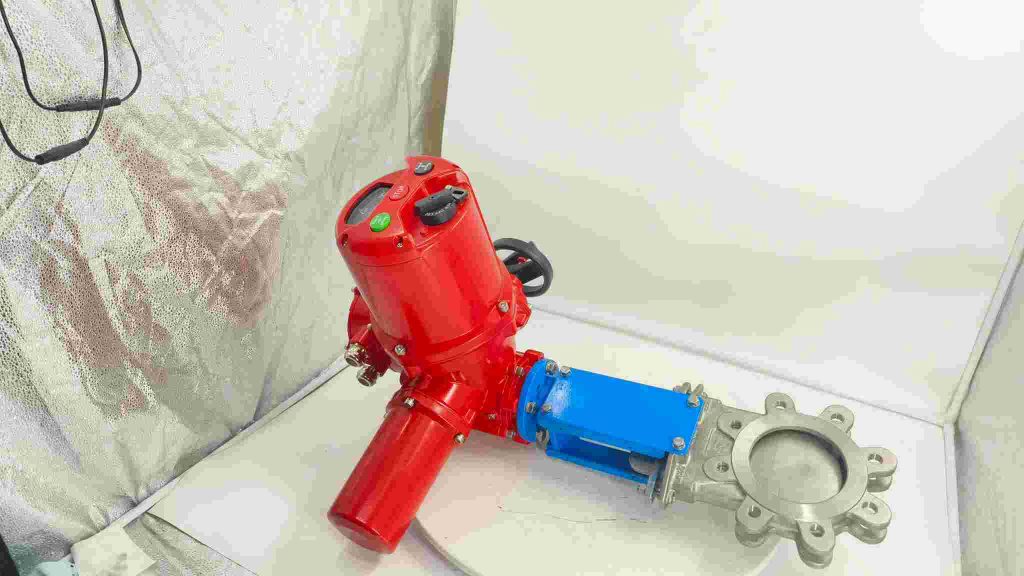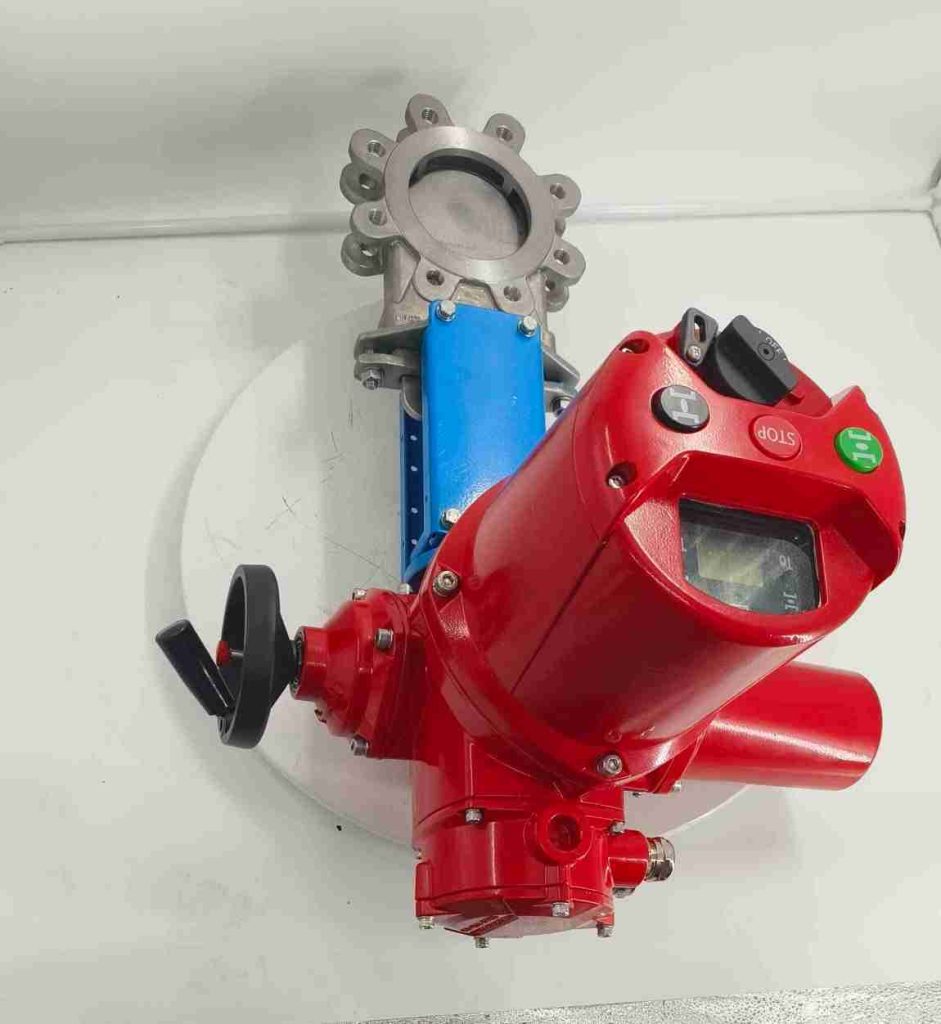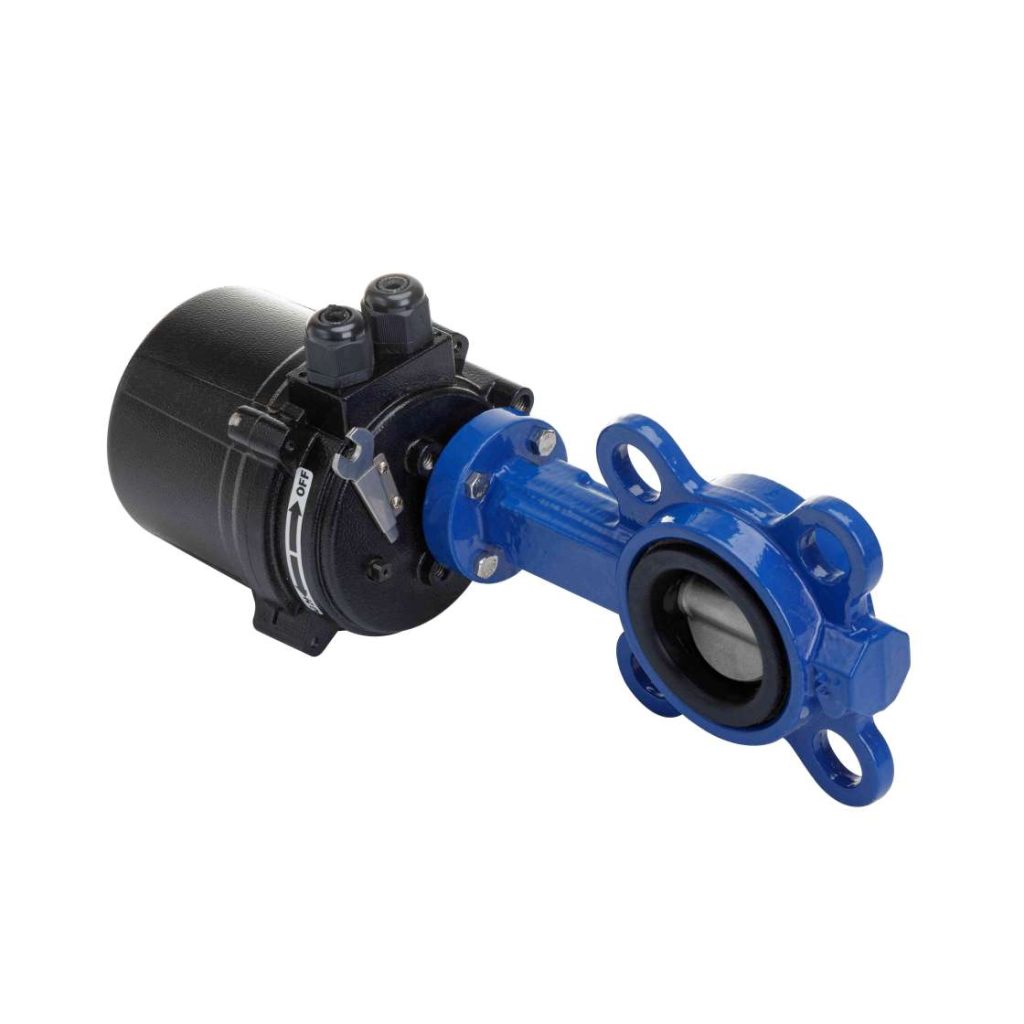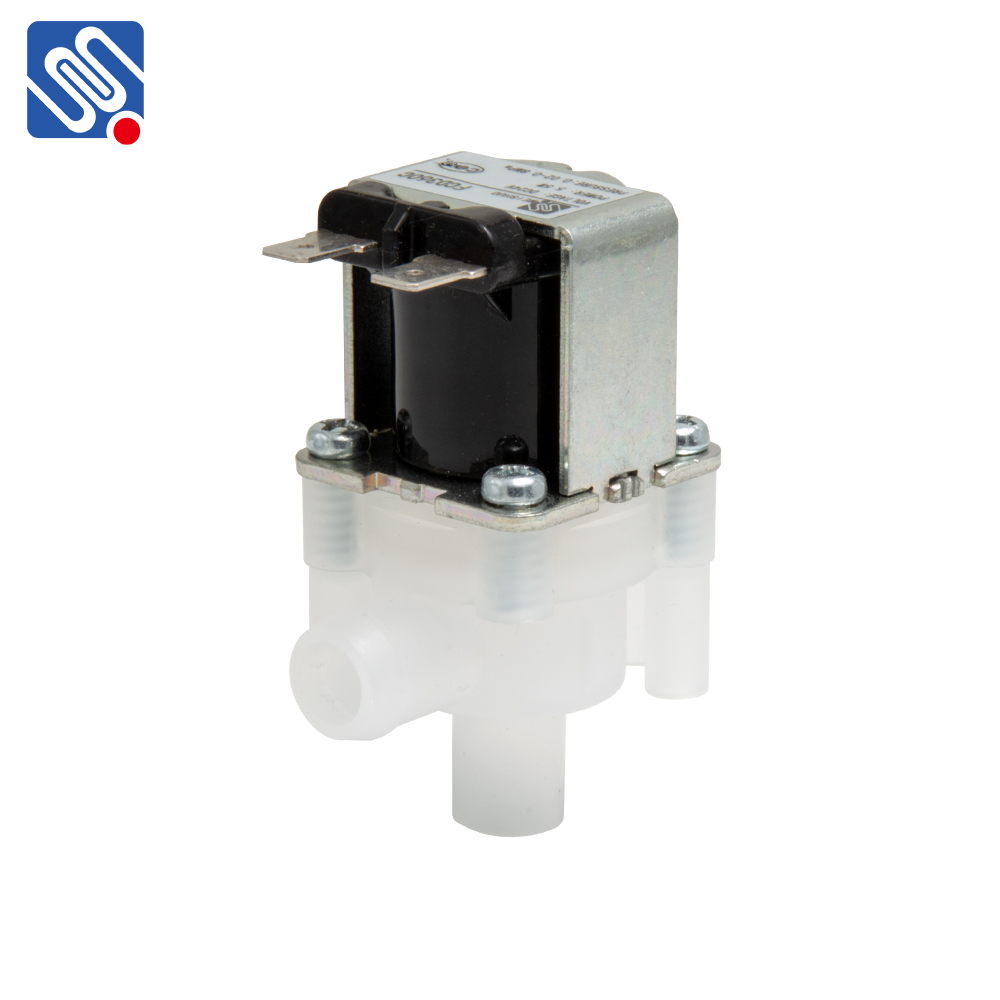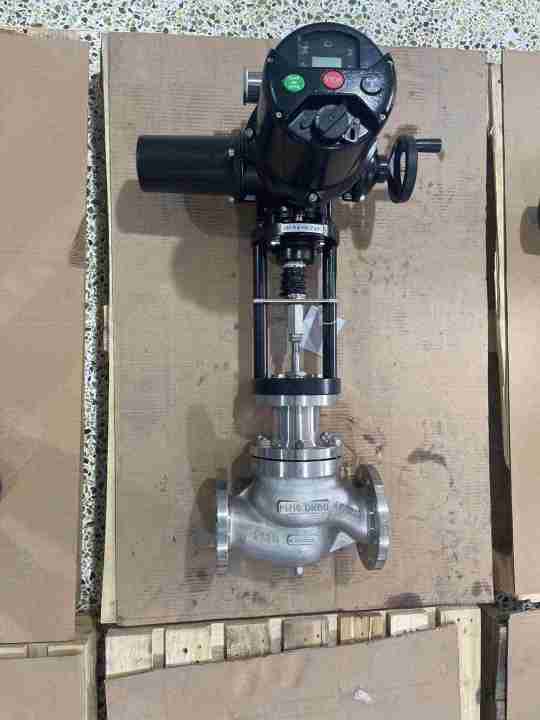In the realm of modern industrial automation, the need for sustainable, energy-efficient solutions is becoming increasingly essential. One such innovation that is gaining traction is the Photovoltaic Electric Valve, a system that integrates solar power with the functionality of electric valves. This unique combination offers a sustainable and energy-efficient alternative to traditional electric valves, which rely on conventional power sources. In this article, we will explore the working principle, benefits, applications, and future potential of photovoltaic electric valves.

Understanding Photovoltaic Electric Valves
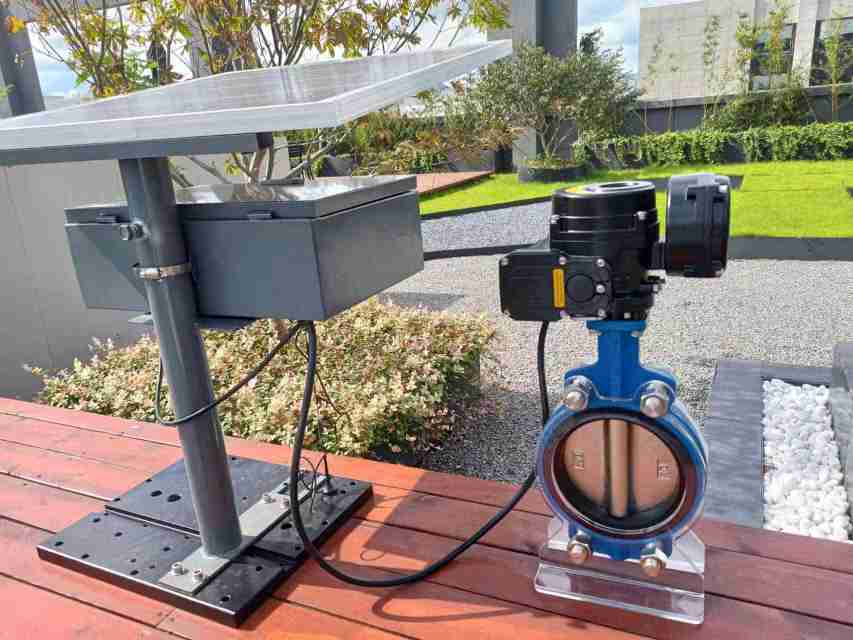
A photovoltaic electric valve is essentially an electric valve system powered by solar energy through integrated photovoltaic (PV) panels. These valves are commonly used in various industries to control the flow of fluids and gases within a pipeline system. Traditionally, electric valves are powered by electricity from the grid, but with the incorporation of photovoltaic technology, these valves can now operate autonomously by harnessing solar energy. The system typically consists of a solar panel, an electric valve, and an integrated controller. The solar panel captures sunlight and converts it into electricity, which is used to power the valve’s actuator. The actuator, in turn, controls the opening and closing of the valve based on signals received from a controller, allowing for the regulation of flow in the system. The controller is usually programmed to operate the valve according to specific parameters such as pressure, temperature, or flow rate, ensuring optimal system performance.

